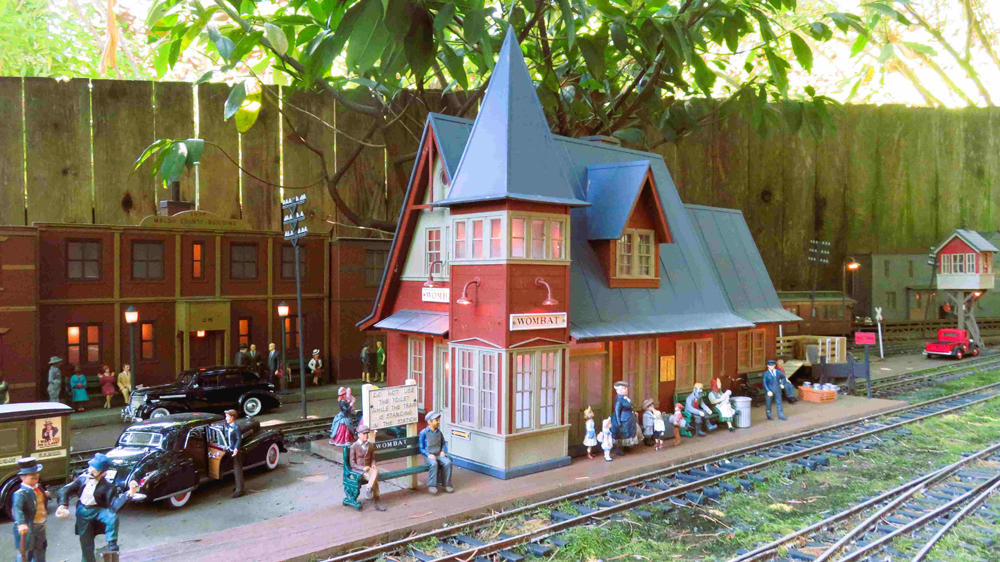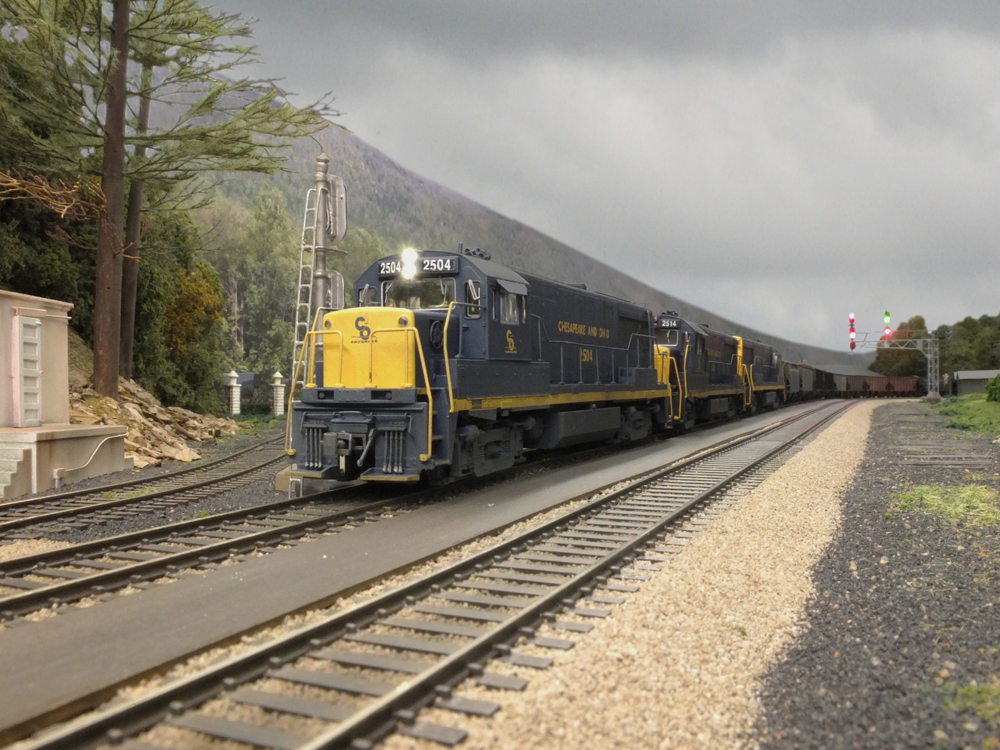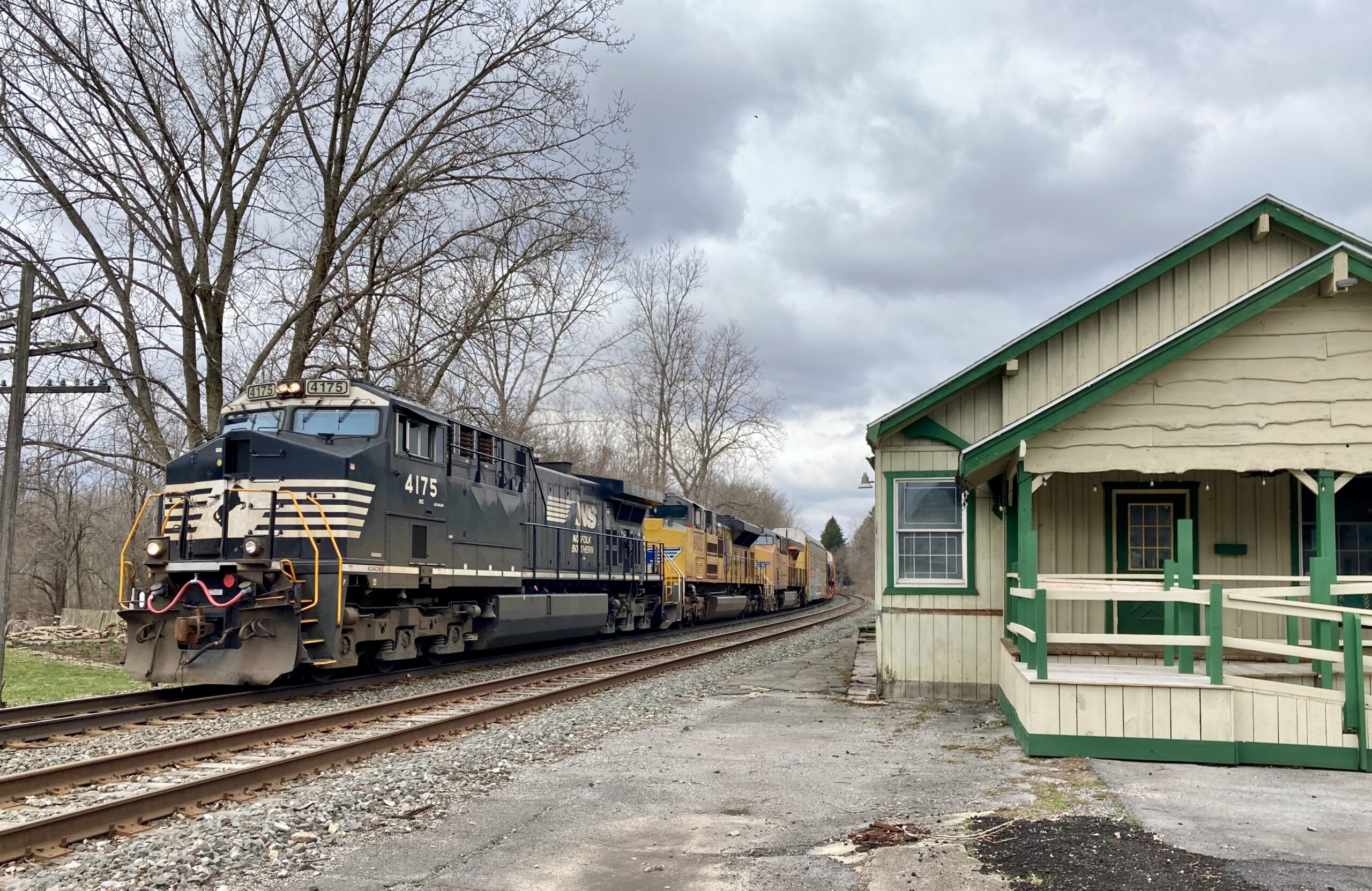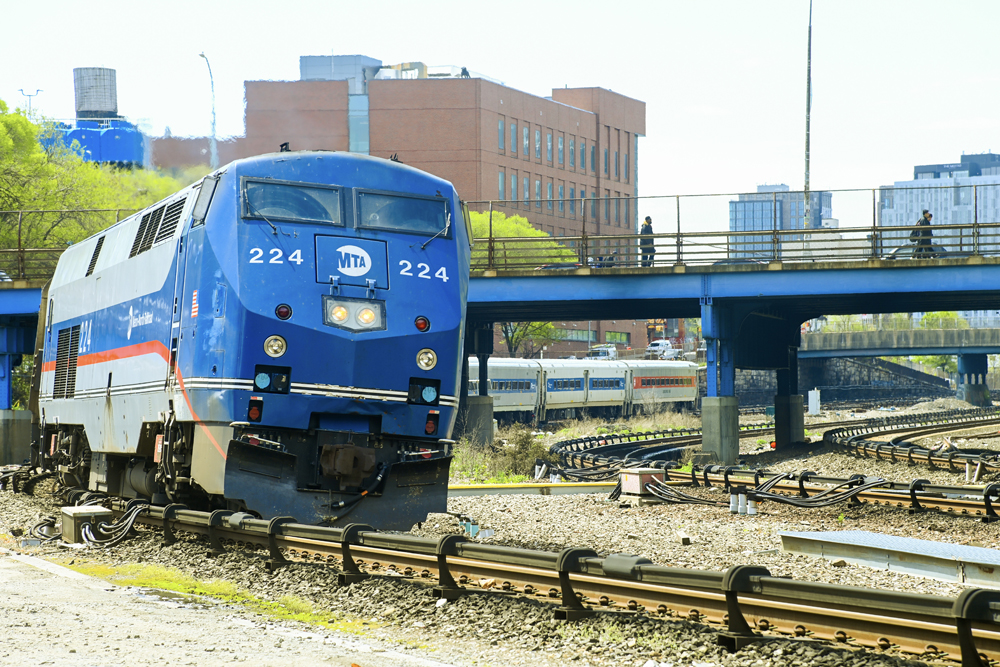
NEW YORK — The Metropolitan Transportation Authority on Thursday released its Climate Resilience Roadmap, outlining steps the agency has identified to protect New York’s transit system from the effects of climate change.
The 130-page report, unveiled in an event at Metro North Railroad’s Mott Haven Yard, outlines 10 goals to address the impacts of flooding, heat, and wind on subway and commuter rail lines, the bus system, bridges, and related infrastructure, and details both short-term strategies (those to be addressed within five years) and long-term efforts to meet those goals, as well as estimating the cost of those efforts.
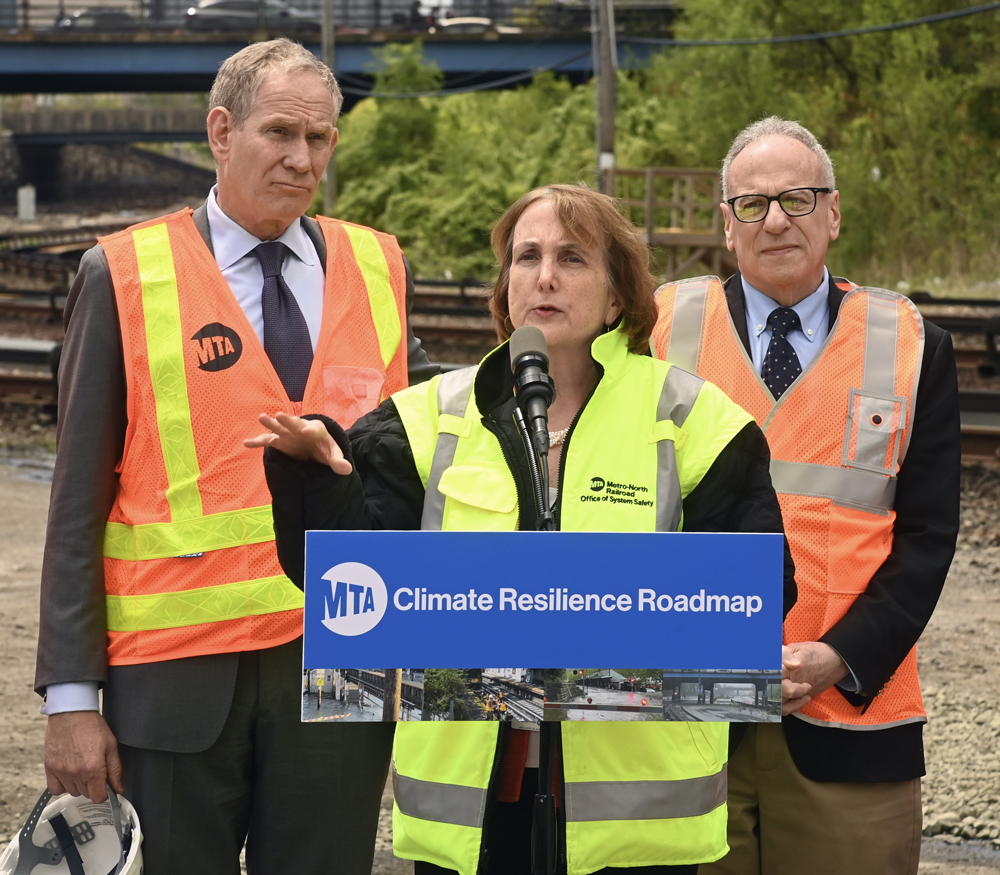
Specifically, the goals are:
— Shield subway stations and tunnels from stormwater;
— Protect subway yards from flooding;
— Protect open subway infrastructure from flooding;
— Safeguard bus depots from flooding;
— Manage floods on city streets;
— Mitigate Long Island Rail Road flooding;
— Reduce Metro-North Railroad flooding;
— Expand underground air circulation and cooling;
— Protect outdoor infrastructure from heat;
— Address heat and wind impacts on bridges.
“Transit is the antidote to climate change, which is why we have to preserve and improve New York’s amazing subway, bus and commuter rail systems,” MTA CEO Janno Lieber said in a press release. “But our transit system is still vulnerable to the effects of climate change, so we need to execute on this visionary resiliency plan, which has been designed to ensure the reliability and safety of New York’s transit system for years to come.”
Metro-North President Catherine Rinaldi said behind-the-scenes facilities like Mott Haven Yard “have been affected by coastal flooding and heavy rainfall, and extreme weather events can completely shut down the railroad, inconveniencing thousands of customers. Making resiliency investments in our train yards, maintenance shops, and power and signal systems give us the ability to rebound quickly after future storms and continue to provide safe and reliable service in all kinds of weather.”
Examples of the types of safeguarding efforts included in the report are elevating street vents for the subway system to prevent stormwater from entering; investing in subway drainage and pumping equipment to remove stormwater that does enter; elevating sensitive equipment in rail yards and bus depots above anticipated flood depths to insure it remains operational in weather-related emergencies; and taking steps to reduce the impact of tidal flooding and rain exacerbated by climate-change0induced sea level rise.
Total capital costs for all the measures are estimated to be as much as $6 billion over the next decade.






